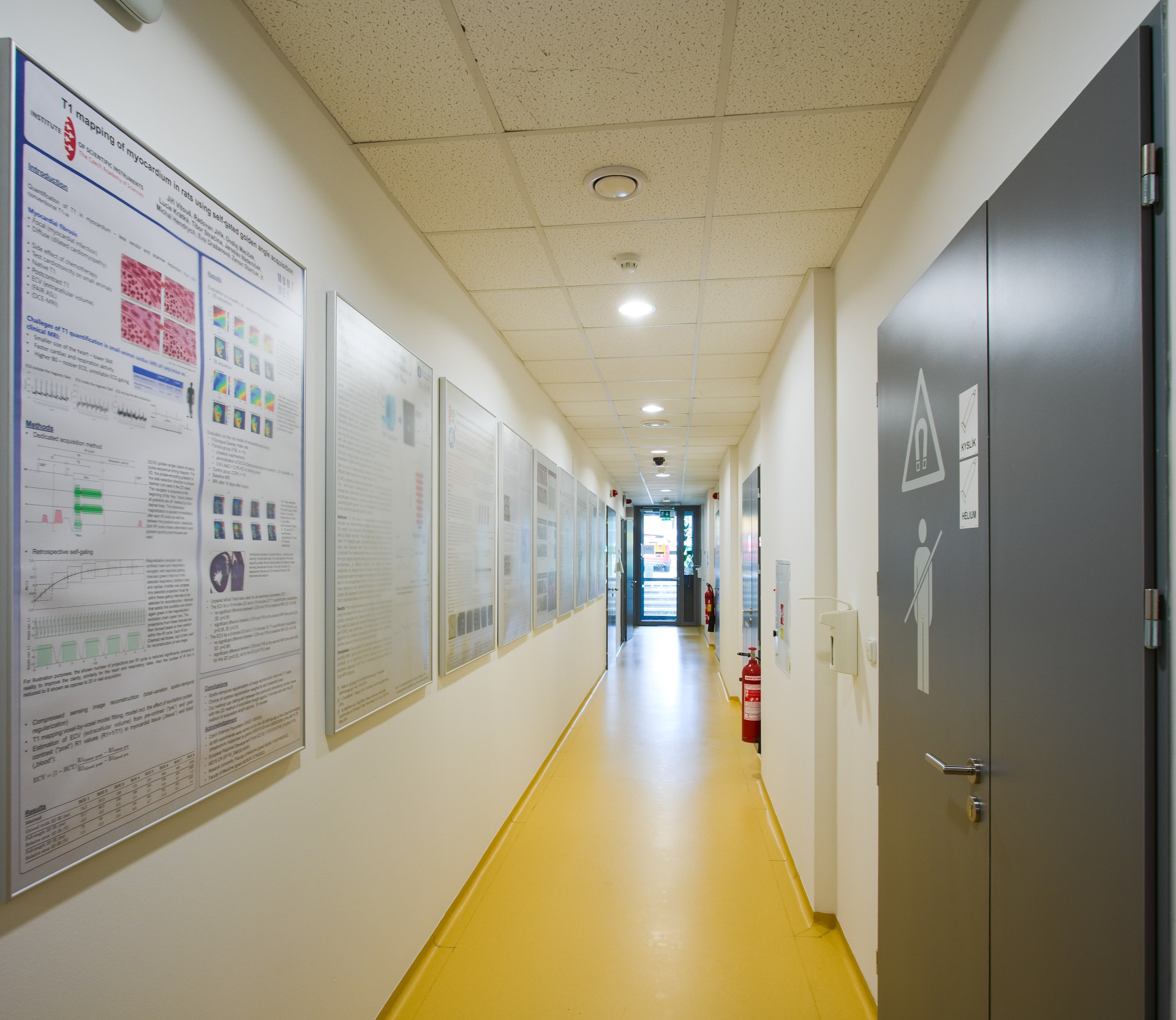Magnetic Resonance Group

The Magnetic Resonance Group at the Institute of Scientific Instruments of the Czech Academy of Sciences (ISI MR) has two synergic missions: research and service. On the research side (supported by research and institutional grants), we develop advanced MR acquisition and processing methods. Our aim is to contribute to the transformation of MR scanners from devices primarily used for anatomical imaging into true measurement instruments. Using quantitative methods, MR can provide concentrations of metabolites, diagnostic and theranostic nanoparticles, as well as microstructural and functional biomarkers. This effectively turns the MR scanner into a kind of “multi-modal” device.
As part of the Czech BioImaging and Euro-BioImaging research infrastructures, our facility offers open-access services (supported by the Ministry of Education, Youth and Sports of the Czech Republic, the EU, and service users) to the wider scientific community. Czech BioImaging is a national research infrastructure for biological and medical imaging. It is a distributed infrastructure of leading imaging facilities in the Czech Republic. The infrastructure provides an open access to a wide range of imaging technologies and expertise to all scientists in the Czech Republic and from abroad by a unified and coordinated logistics approach.
The services provided by our facility include MR experiments, data analysis, and animal study design, drawing not only on standard methods but also on approaches that arise directly from our research. The core of our laboratory is a high-field 9.4 T multinuclear MR scanner, used for studies of small nonliving samples and laboratory animals (mice and rats). This system is complemented by focused ultrasound, enabling unique combinations of MR imaging, intervention, and monitoring. Researchers using our facility come from a wide range of fields, such as neurology, oncology, physiology, pathophysiology, pharmacology, and biochemistry.
The synergy between research and services is central to our mission. High-level research allows us to provide services that extend well beyond standard vendor protocols, while service activities give us valuable feedback from users and opportunities to validate our methods in real experimental contexts. This interplay ensures that our research remains practically relevant and that our services benefit from the latest scientific developments.